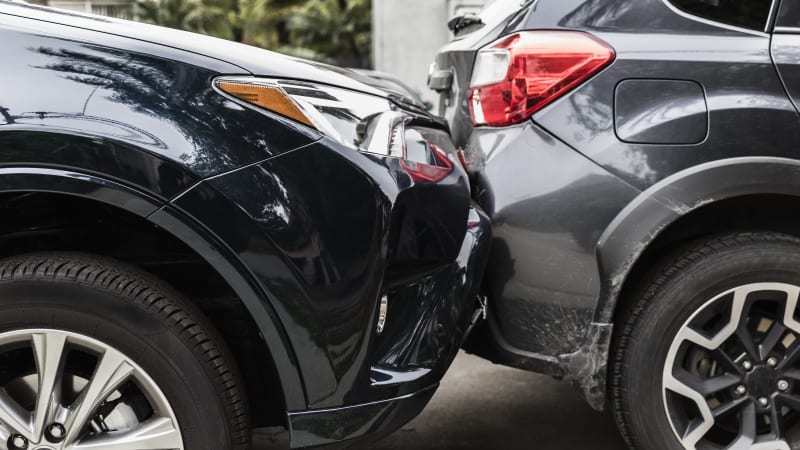2023 J.D. Power Insurance Intelligence Report shows more uninsured drivers

The J.D. Power Insurance Intelligence Report is here with additional unwelcome news for drivers. According to the research firm, more vehicle owners are choosing to forgo auto insurance due to rising premiums. August’s Consumer Price Index report put the increase in auto insurance premiums at 19% year-over-year. As if in response, J.D. Power data shows that nationwide, over the first six months of 2023, the percentage of households that possess at least one vehicle and declare having no insurance on it rose 0.4% to 5.7%. The latest data from the U.S. Census Bureau counts 123.6 million households in the U.S., 92% of them, 113.7 million, owning at least one vehicle. The J.D. Power figure means that uninsured household numbers have risen by 460,000 households, from 6.03 million to 6.49 million. That increase is akin to every household in Detroit, Michigan and Nashville, Tennessee canceling their auto insurance plans.
As one might have guessed, regional differences in uninsured rates make quite the difference, just not where you’d expect. J.D. Power didn’t provide information on which state has the overall highest number of uninsured, but survey responses tabbed South Dakota as having the greatest statewide increase in uninsured. At the end of 2022, 3.3% of the state’s drivers hit the roads without coverage. Come the middle of this year, that number was 6.8%, a rise of 106%. Based on a population of 895,376 residents, J.D. Power asserts there are more than 30,000 additional uninsured drivers on South Dakota roads — about the entire city of Aberdeen, SD. Behind South Dakota, New Hampshire showed the greatest increase of uninsured motorists at 84%. Among the list of states with the highest increases in the uninsured, New Hampshire — the “Live Free or Die” state — also showed the highest overall rate of uninsured at 7.9%. Indiana’s overall rate of those without auto policies followed at 7.5%, that number having climbed 36% from the end of 2022 to the middle of 2023.
On the other side of the equation, the Intelligence Report says the “costs of repairing and replacing damaged vehicles, medical costs and all other costs associated with an auto insurance claim increased substantially.” The payouts have got so high that the auto insurance sector overall has spent more on claims and other costs in 2021 and 2022 than it collected in premiums. A piece in the Washington Post cited the Bureau of Labor Statistics as saying vehicle repair costs are up 14% since July 2022, a mechanic in Washington, D.C. explaining, “It’s more expensive to diagnose newer vehicles… The parts aren’t a whole lot more expensive, but the frequency of repair on them is more than it used to be. If an air bag goes off, that’s thousands of dollars — a new car might have eight air bags in it.”
The loopy weather has contributed as well, with more extreme events happening throughout the year. The WaPo article noted car insurance premiums in Colorado are up 52% year-over-year as of July 2023, and 88% year-over-year in Florida. Even worse, some insurers are refusing to write policies in states, like Farmers Insurance exiting the Florida, Louisiana, and California markets.
What’s a driver to do? J.D. Power recommends policy shopping every year and notes that 12.5% of survey respondents said they were doing just that, an all-time high. Customers should also talk to the insurer about ways to lower premiums, whether by changing coverage limits or deductibles, or asking about eligible discounts and payment plans. And based on all this news, customers would be wise to check their uninsured motorist coverage, too.



